
Chinese authorities are dramatically expanding a mass labour programme in Tibet, which analysts have compared to alleged forced labour operations in Xinjiang, according to evidence compiled by a German anthropologist and corroborated by Reuters.
China has set quotas to move hundreds of thousands of Tibetan rural labourers off their land and into “military-style” facilities to train them as factory workers, according to documents analysed by researcher Adrian Zenz for the Jamestown Foundation, a US research institute.
The documents include a Tibetan regional government notice which said 15% of the population – more than 500,000 people – had gone through the training programme in the first seven months of this year, with almost 50,000 transferred to jobs inside Tibet and thousands sent to other regions to work in low-paid jobs such as textile manufacturing and construction.
The programme was introduced to the Tibetan Autonomous Region in 2019 and 2020 as promoting the training and transfer of “rural surplus labourers”, a term also used in a white paper published by Beijing last week defending its work programmes in Xinjiang. As with the Xinjiang paper, the Tibetan programme is purported to be a way of achieving president Xi Jinping’s goal of eradicating poverty.
Zenz writes that the the labour transfer policy allows rural workers to be subjected to centralised “military-style” vocational training, which aims to reform “backward thinking” and includes training in “work discipline”, law, and the Chinese language. Other reports documented by Zenz note that the process requires “diluting the negative influence of religion”, aided by a scheme encouraging Tibetans to transfer their land to government-run cooperatives.
“While some documents assert that the scheme is predicated on voluntary participation,” Zenz writes, “the overall evidence indicates the systemic presence of numerous coercive elements”, including mandated quotas and instructions to put “pressure” on subordinates to meet targets, and in one region the inclusion of targets in party officials’ annual assessment scores.
He adds: “The similarities to Xinjiang’s coercive training scheme are abundant: both schemes have the same target group … a high-powered focus on mobilising a ‘reticent’ minority group to change their traditional livelihood mode; employ military drill and military-style training management to produce discipline and obedience; emphasise the need to “transform” labourers’ thinking and identity, and to reform their ‘backwardness’; teach law and Chinese; aim to weaken the perceived negative influence of religion; prescribe detailed quotas; and put great pressure on officials to achieve programme goals.”
According to Zenz, key policy documents revealed party officials must meet strict quotas or face punishment. Companies which employ a minimum number of workers and local brokers are given financial rewards, he writes.
In a statement to Reuters, China’s foreign affairs ministry strongly denied the involvement of forced labour, and said China is a country with rule of law and that workers were voluntary and properly compensated.
“What these people with ulterior motives are calling ‘forced labour’ simply does not exist. We hope the international community will distinguish right from wrong, respect facts, and not be fooled by lies,” it said.
Beijing is under growing international pressure over its treatment of Uighur and other ethnic minorities in Xinjiang, including mass internment for re-education, as well as surveillance, restrictions on religious and cultural beliefs, and forced sterilisation of women. Experts say the practices amount to cultural genocide.
The accusations are strenuously denied by Beijing, which claims its policies are to counter terrorism and alleviate poverty. However, journalists and human rights groups are heavily restricted from inspecting the highly secretive camps.
Zenz is an independent researcher specialising in Xinjiang and Tibet whose work involves examining Chinese government documents. His research is a primary source of information about labour programmes in both regions, and has attracted the ire of Chinese state media.

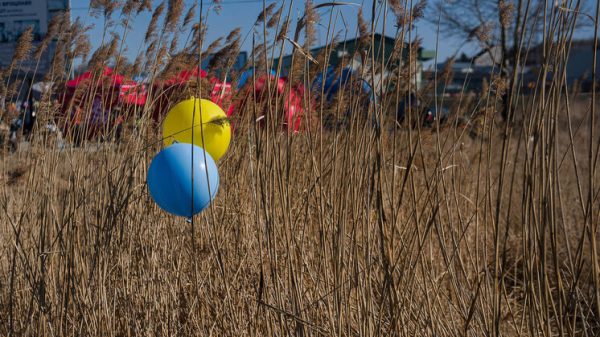



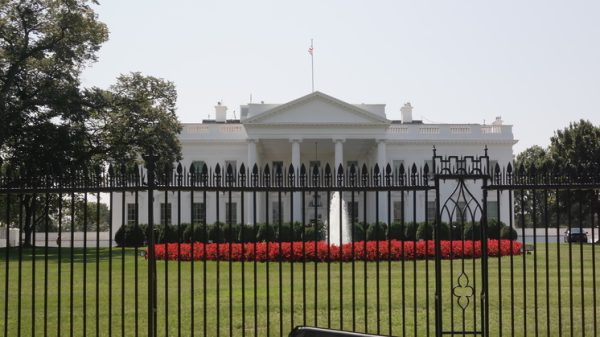

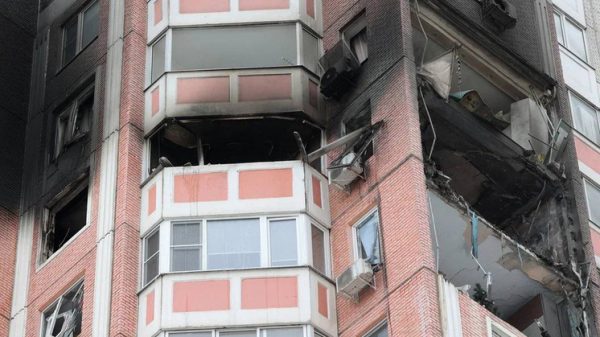

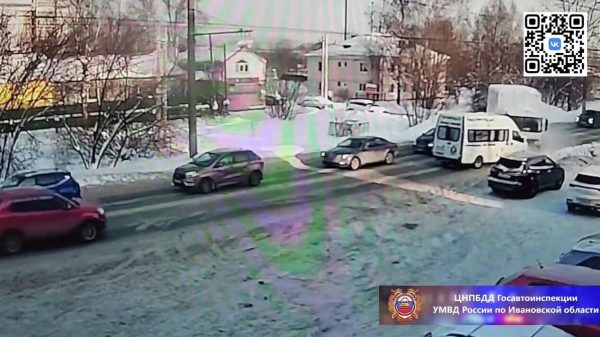










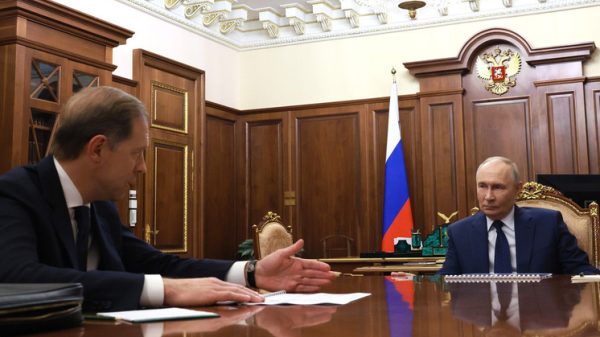































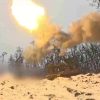




Свежие комментарии